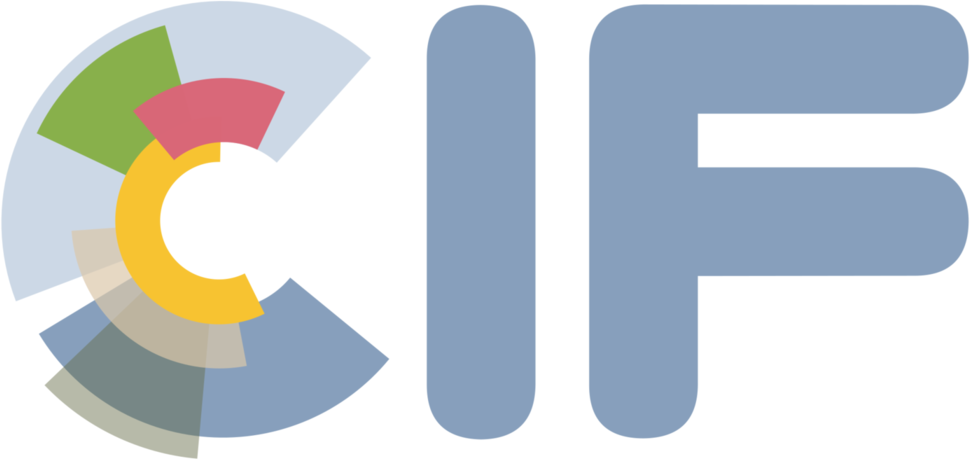Running a forward simulation#
Tutorials to run first forward simulations and inversions are available in the CHIMERE section. In our specific configuration, we provide a yaml to run a forward simulation and discuss some preliminary checks that are recommended.
- The variables and plugins that are important or/and have to be adapted are the following:
workdir,dateianddatedmode:forwarddomainwith your current domainmodel:nivouthas to be set accordingly to the domain. All other parameters are the recommended values.chemistry: no chemistry is used, but the chemical scheme contains the conversions between wet and dry air. See the warning below.controlvect: contains the transform to separate the background data into its components (initial conditions, lateral boundaries, top boundary and stratosphere).datavect: the paths to the data inputs have to be adapted for your configuration. For a forward simulation, it makes no difference to use separate sectoral files (AEMISSIONS_sector) and summing sectors or using directly the total fluxes. This is different for an inversion, where fluxes will be optimized separately. In addition, insatellitestheformulahas to be chosen consistently with the TROPOMI observation product: 5 for RPRO and BLENDED, 10 for WFMD.
- The outputs
obsvectof the simulation are located in: Satellite obs:
$WORKDIR/obsoperator/fwd_0000/obsvect/satellites/CH4/monitor.ncSurface obs [optional, if not remove the
concsinput indatavect]:$WORKDIR/obsoperator/fwd_0000/obsvect/concs/CH4/monitor.nc
These two files are monitor files, with the same structure as the input monitors, but with an additional variable sim which contains the simulated equivalent of the observations.
Note
ichemstep is the number of times routines such as smoothing are called in a physical step of CHIMERE.
A low value may be the source of numerical waves. ichemstep = 2 seemsgive satisfying results (not improved by higher values) for regional domains, but this test should be done for each new domain.
Warning
CHIMERE transports wet air, but CAMS and TROPOMI observations are dry. Therefore, the dry chemical scheme ensures the conversion of inputs from dry to wet before the CHIMERE simulation and the conversion of outputs from wet to dry. However, the humid/dry configuration (inputs are considered humid, but outputs are still converted to dry air) seems to provide better results in some cases… This is not the case in South America nor in Europe, but it should be tested for each domain.
